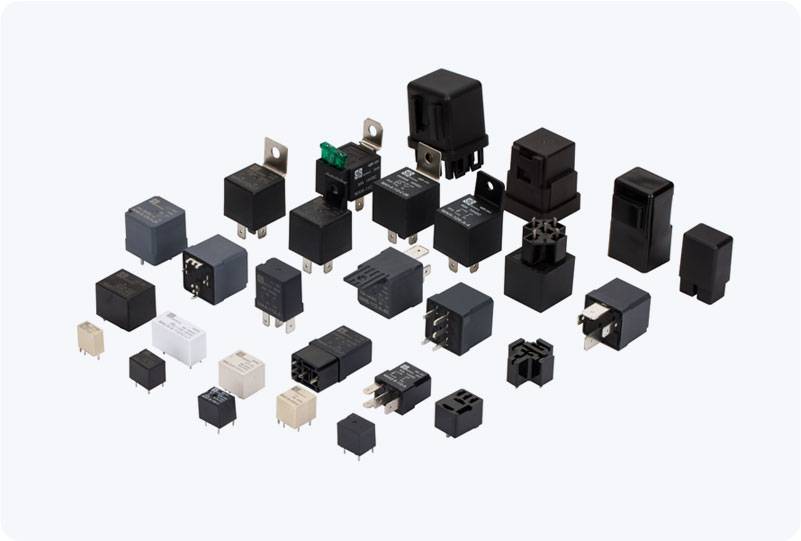In electrical systems, protection is a critical aspect to ensure the longevity of equipment and the safety of operations. One of the essential components in electrical protection systems is the Overload Protection Relay (OPR). This device plays a pivotal role in safeguarding electric motors, transformers, and other equipment from the damaging effects of overcurrent or prolonged overloading. In this article, we will explore the principles, types, applications, and benefits of overload protection relays, highlighting why they are indispensable in modern electrical systems.

What is an Overload Protection Relay? An overload protection relay is a safety device designed to monitor electrical current in circuits and provide protection by disconnecting the power supply when the current exceeds a predefined threshold. When a system experiences overcurrent, typically due to an overload condition, the relay detects this abnormal situation and activates a disconnect mechanism, preventing potential damage to the equipment. Overload protection relays are widely used in conjunction with motors and other electrical machines. If an electric motor draws excessive current for a prolonged period, it could overheat, potentially leading to the failure of insulation, damage to components, or even fire. The OPR is specifically designed to detect and respond to such conditions, ensuring that the motor or equipment operates within safe limits.